It’s Running Season!
Running is a great way to stay in shape and get fit. But it can take a toll on your muscles and joints. To avoid running injuries, it’s important to take precautions before you set out.
Here are some of the most common running injuries with advice on how to treat them.

Runner’s Knee
This is a common overuse injury usually caused by the kneecap being out of alignment. It is often aggravated by running down hills, prolonged sitting and going up and down stairs.
Stress Fracture
This is a small crack in a bone that causes pain when weight-bearing. It typically affects the tibia (shin) and metatarsals (feet). It is an overuse injury caused by increasing the duration, intensity and/or frequency of training too soon.
It is more common in women than men usually due to hormonal differences and insufficient calorie intake.
Treatment
- Rest from running is essential for 3-4 months
- Immobilisation in a cast or walking boot to stabilise the fracture
- Swimming and pool running when the fracture is stable to maintain your cardiovascular fitness
- A non-weight bearing exercise programme including core strengthening exercises to maintain muscle strength
Shin Splints
A pain that occurs in the front or inside of the lower leg along the shin bone (tibia). Shin splints commonly occur after a change in activity, such as running longer distances or increasing the number of days you run too quickly.
People with flat feet or high arch stiff feet are more likely to develop shin splints, as are new runners or people returning after a break from running.
Treatment
- Rest, ice and anti-inflammatories to ease the pain.
- Kinesiology tape to speed up the healing process and offload the painful tissues
- Wear the correct shoe for your foot type to aid shock absorption and correct your foot alignment
Achilles Tendinitis
This is inflammation of the Achilles tendon. That’s the large tendon that attaches the 2 calf muscles to the back of the heel.
Achilles tendinitis causes pain and stiffness in the area of the tendon, especially in the morning and with activity. It is usually caused by repetitive stress to the tendon, often due to increasing running distance too quickly. Tight and weak calf muscles can also contribute.
Treatment
- Rest from running is essential while the pain is acute.
- Ice to reduce the inflammation
- Eccentric loading exercises to strengthen and lengthen the calf muscles and take the pressure off the Achilles tendon
Muscle Strains & Tears
Muscle tears or strains are caused by over-stretching of a muscle. If you suffer a pulled muscle, you may feel a popping sensation when the muscle tears. It is usually caused by tight, short muscles and muscle imbalances eg if your quads (front of your thighs) are stronger than your hamstrings (back of your thighs)
Muscle tears commonly affect the hamstrings, quadriceps, calf and groin.
Treatment
- Electrotherapy to speed up the healing process
- Massage and use a foam roller to help prevent scar tissue from forming
- Stretches to restore normal length to the injured muscle
Ilotibial Band (ITB) Syndrome
The ITB is a thick band of tissue which runs along the outside of the thigh from the hip to the knee. With repeated bending and straightening of the knee, if your ITB is tight it will rub on the thigh bone and cause irritation.
Runners with weak hip and buttock muscles, flat or pronated feet or a leg length discrepancy are more likely to develop ITB syndrome.
Treatment
- Strengthen your hip and buttock muscles
- Use a foam roller before and after running to release the tight ITB
- Combine swimming or cross-training with running
Plantar Fasciitis
This is pain under the heel and along the sole of the foot. It is hardly surprising that it is a common injury in runners as the feet absorb several times our body weight with each step. High or low arch feet and incorrect shoes for your foot type will exacerbate plantar fasciitis.

Recent Comments